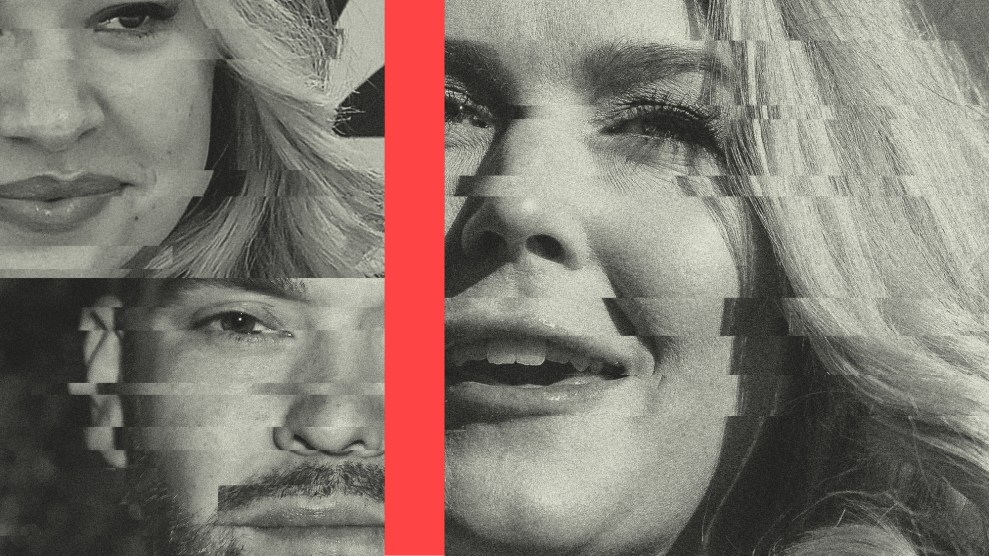
Photo: The Weinstein Company
The first key to appreciating the follow-up to Morgan Spurlock’s Super Size Me is the title’s riff on Where in the World Is Carmen Sandiego? That ’80s educational video game had kids track a criminal mastermind across the globe, with the never-ending chase teaching them geography and history. Where in the World Is Osama Bin Laden? starts with Spurlock, still an abominable showman, vowing to make the world safer for his soon-to-be-born child by hunting down America’s most wanted terrorist. Traveling to Egypt, Saudi Arabia, Israel, Afghanistan, and Pakistan, he ventures into the Muslim world pretending to look for bin Laden, but ends up sincerely talking to students, soldiers, activists, and radicals. Humanity and humility become more important than humor as Spurlock tries to understand the anger and resentment toward the United States.
Not that he can resist digging into his Michael Moore-size bag of tricks and shticks. Animated interludes on American support for dictatorships work better than the videogame-style sequences where Spurlock’s computer-generated avatar fights bin Laden’s(!). But his man-in-the-Arab-street sequences truly stand out, such as when a Moroccan father expresses his hopes for his sons’ future, or when Spurlock asks a group of Palestinians for their take on the region’s problems and a youth cries out, “I wish we had someone like Osama bin Laden!”
The film’s early detractors have complained that six years after 9/11, they already know the facts at hand. But Spurlock didn’t make this film for npr listeners or Atlantic subscribers, but rather those Americans who’ve never seen a Muslim speak about his longing for human rights, or thought about the link between their local gas station and jihadism. Where in the World… isn’t the smoothest or most serious of the recent war-on-terror documentaries, but it has the best chance of doing more than just preaching to the converted.
















